Die-cast metal construction and a factory-installed Model Rectifier Corp. (MRC) dual-mode decoder highlight this N scale 2-6-0 Mogul type from Model Power, which is now part of MRC. Built with existing tooling, the model features several upgrades from its previous release, including a light-emitting diode (LED) headlight and front and rear operating knuckle couplers.
The prototype. The development of the two-wheel pilot truck in 1866 made the 2-6-0 Mogul-type possible. Though considered an all-purpose design, the relatively small drivers on the Mogul limited its speed to around 50 mph. Moguls were rarely used in mainline service after 1900, but many served on branch lines until the end of the steam era.
The Illinois Central received its first 2-6-0 Moguls in 1880, eventually rostering 337 of the type. The IC used its 2-6-0s primarily for freight service.
By the 1930s, only 71 2-6-0s remained on the IC roster. These locomotives were modified and rebuilt during their careers, with a few examples remaining on the roster in the 1950s.
The model. The overall proportions of the N scale model’s wagontop boiler, dome arrangement, and cab size are within scale inches of prototype drawings of an Illinois Central 541-class 2-6-0 published in the March 1940 Model Railroader. The driver size is also correct, but the overall wheelbase is a scale foot too long on the model. The model’s tender resembles that of the prototype, but is 5 scale feet too short.
The Model Power Mogul is available with either archbar or Andrews tender trucks, slide-valve or piston cylinders, and detail arrangements to match the specific road names offered.
On our IC review sample I appreciated that Model Power accurately positioned the headlight and bell to match the prototype’s appearance after its 1938 renumbering to the 3700 series. The model has slide valves, which match the prototype as built, although some were later converted to piston valves. The model’s tender has archbar trucks, which would have been replaced by Andrews or other cast-steel trucks by the 1930s.
Boiler bands, sand lines, and other cast-in details are well defined on the die-cast metal boiler and cylinders, as are the rivet seams and other molded details on the plastic cab and tender. The handrails along the boiler are separate unpainted metal parts.
The plastic parts appear glossier than the metal parts, but a bit of weathering or a mist of matte finish would even out the black finishes. Although I couldn’t find a prototype photo of IC 3719, the model’s lettering placement matches prototype photos of other engines in the same class during the late 1930s.
Mechanism. The flywheel-equipped motor is housed inside the locomotive boiler. Gears connect the motor to the second and third axles, while the side rods transfer power to the first axle. Both drivers on the third axle have traction tires.
Because the semi-permanent drawbar also provides an electrical connection to the decoder concealed beneath the press-fit plastic tender shell, it’s recommended to keep the engine and tender together.
For its size, the model has an impressive drawbar pull that’s equivalent to 19 N scale freight cars on straight and level track. The sprung pilot truck also kept the locomotive on track through no. 6 turnouts and 11″ radius curves.
DCC operation. The N scale locomotive ran smoothly on our DCC test track, but it didn’t start moving until speed step 5 (of 28). After I increased the decoder’s starting voltage by programming configuration variable (CV) 2 to a value of 40, the model rolled smoothly in speed step 1 at 3 scale mph and accelerated to a top speed of 50 scale mph in speed step 28. For finer speed control, the model also supports 128 speed steps.
I also easily programmed the decoder’s long address to match the cab number and added acceleration and deceleration momentum. A printed list of the decoder’s other programmable CVs is included in the box.
When the locomotive got underway, I was happy to hear the exhaust chuffs synchronized with the driver motion. The decoder comes set to its maximum volume level, but I found it to be a bit on the quiet side.
The decoder features 29 user-triggered sound effects, including the coupler, brake squeal, coal shoveling, sand release, and injector. There are 7 different bell sounds and 17 different whistles to choose from. I would have liked the whistle to be more playable, as short blasts had a tendency to sound artificially clipped.
DC operation. The dual-mode decoder operates on direct-current (DC) layouts. Sounds are limited to the exhaust chuffs when using a DC power pack. Operating the model on a DC layout with an MRC Tech 6 allows access to the other sound effects as well as CV programming.
The Mogul started moving at 4 scale mph with 7V of track power and accelerated to a top speed of 32 scale mph with 12V of track power, which is an appropriate operating speed for a 2-6-0. After breaking the mechanism in with a few test runs, the locomotive rolled smoothly throughout its speed range.
Available in several different road names, these 2-6-0 Moguls would make a worthy addition to an N scale roundhouse.
Price: $339.98 (DCC sound), $269.98 (DC, no sound)
Manufacturer
Model Power
Model Rectifier Corp.
80 Newfield Ave.
Edison, NJ 08837
www.modelrectifier.com
Era: late 1930s to mid 1940s (as detailed and decorated for IC)
Road names: Illinois Central; Atchison, Topeka & Santa Fe; Baltimore & Ohio; Boston & Maine; Canadian National; Chicago, Burlington & Quincy; Great Northern; Minneapolis & St. Louis; New York Central; New York, New Haven & Hartford; Norfolk Southern; Northern Pacific; Pennsylvania RR; Southern Ry.; Union Pacific; U. S. Army; and Wabash. Painted but unlettered versions available.
Features
Die-cast metal boiler, chassis, and cylinders
Dual-mode sound decoder (DCC sound version only)
Electrical pickup on four drivers and all tender wheels
Five-pole skew-wound motor with flywheel
Knuckle couplers, at correct height
Light-emitting diode headlight
Metal wheels in gauge
Weight: 3 ounces (engine and tender)





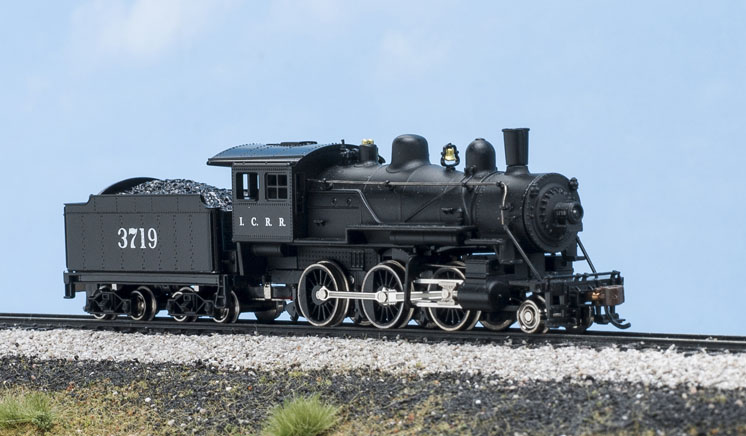
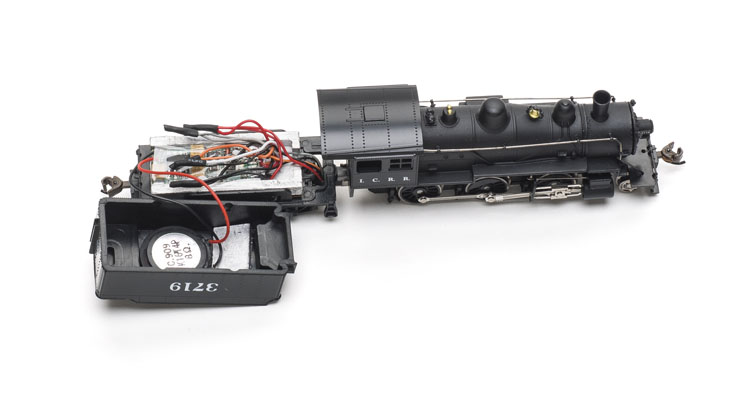
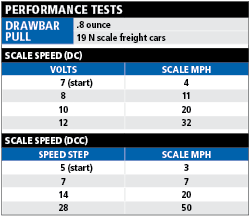

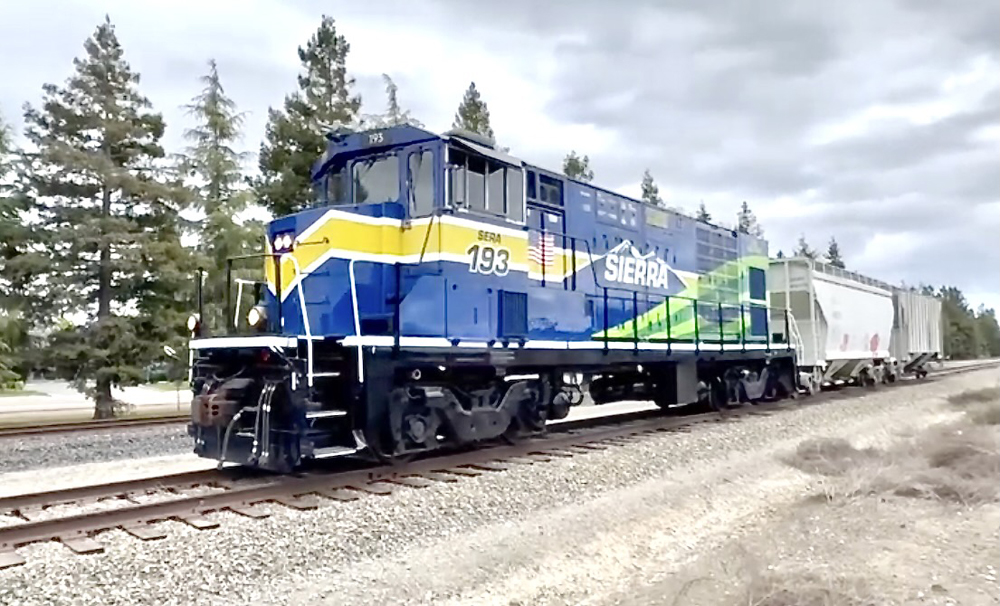

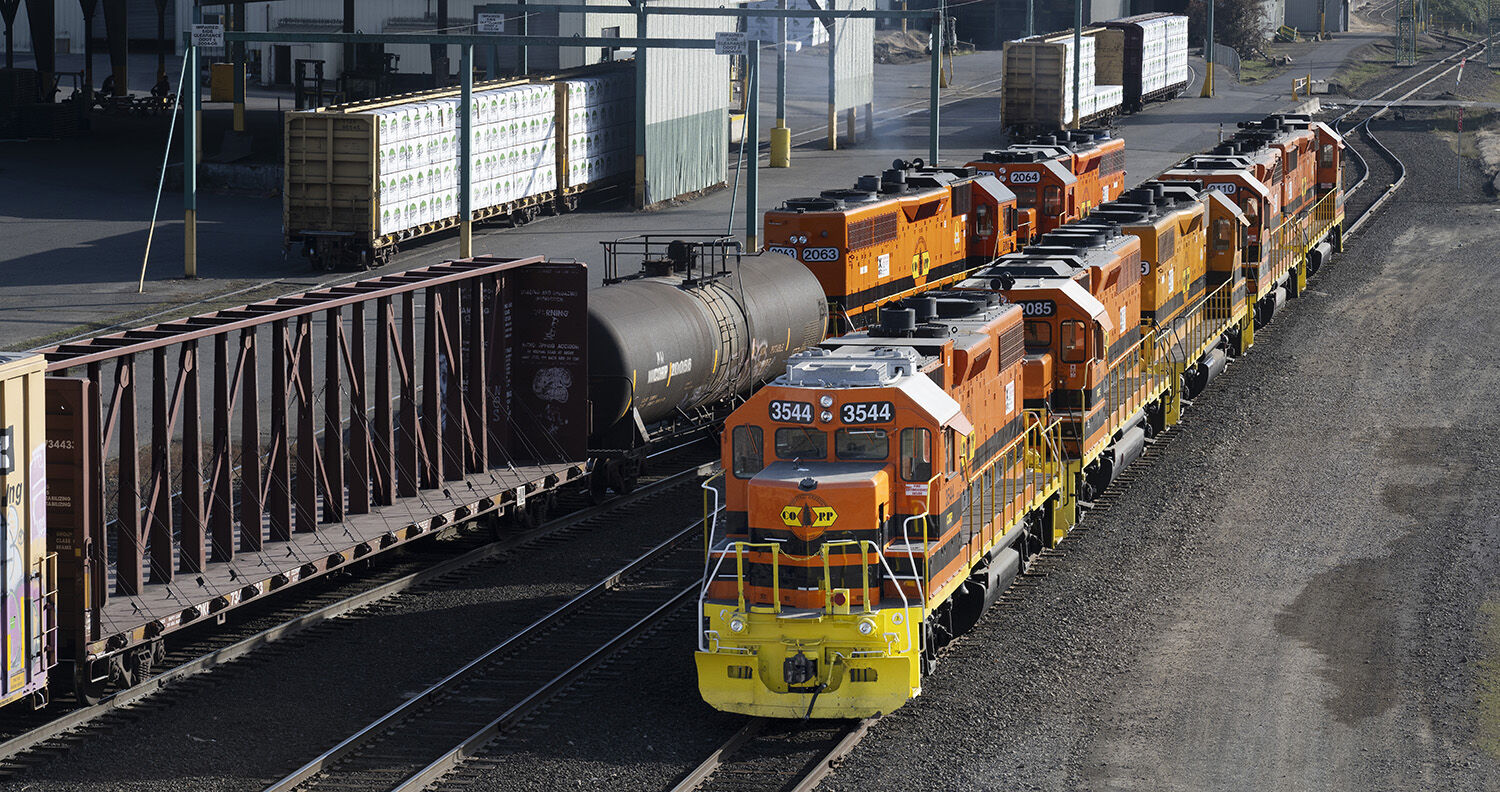
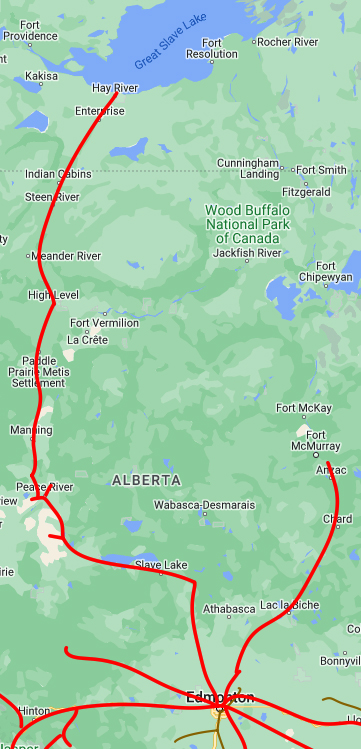




I have several of the old DC Model Power 2-6-0 and 4-4-0 models and they look nice, run fine, and are great for small layouts and branch line themes. The loco bodies appear to be identical, but there are variants within each, such as cab windows (arched for some lines, e.g. B&M, rectangular for others, e.g. LIRR). In this scale I am guessing that most modellers would like both the 4-4-0 and 2-6-0 for their chosen RR, even if this is stretching the facts, and so it would be ideal for each road name covered to be available in both 4-4-0 and 2-6-0, e.g. for passenger and freight. I have the old 4-4-0 and 2-6-0 for the LIRR, but I note that whilst MRC have issued the 4-4-0 for the LIRR with DCC + Sound, the 2-6-0 is not listed. I believe that the LIRR did not actually have any 2-6-0s, so my old one is something of a fiction, but it would be nice to see it perpetuated in the upgraded range. The models have a very ALCo look, and I found close photographic matches for several of the chosen RRs in both 4-4-0 and 2-6-0, e.g. the M&StL. Specifically Model Power’s model of M&StL 4-4-0 #157 looks very like the real #157, and Model Power’s model of M&StL 2-6-0 #330 looks very like the real #304, 311, 321, 334, and a whole line of M&StL moguls awaiting scrapping in the “dead” line I found.
Great to see these little gems back on the rails!
Bill.
I model the MILW and NP in Washington State, and I could use oil tenders too! There were a lot of oil burners out there as well as the coal burning engines.
Model Power used to have an oil tender as I have one on an Espee steamer, can’t recall at the moment if it was an American or Mogul though.
I have two of the new MRC steamers, one NP and one Milwaukee, and I’m very happy to have them. Now, I just need a railroad to run them one! ; <
It’s a nice looking N scale engine. As I model Espee I wish there was a oil burning tender available as an option, either Vanderbilt or a whaleback. It seems most of the smaller N scale steam engines are coal burners. I still might consider buying it though. Thanks for the review.
Locomotives like this can re-define N scale scope. Most old steamer layouts utilize HO scale locos. This kind of equipment can spawn turn of the century layouts with real class. N scale steam with sound has finally come to smaller locomotives.